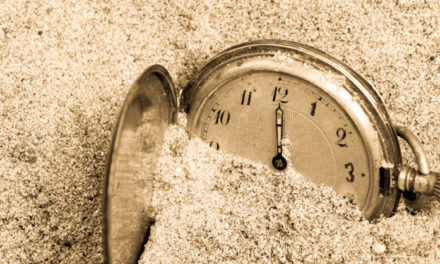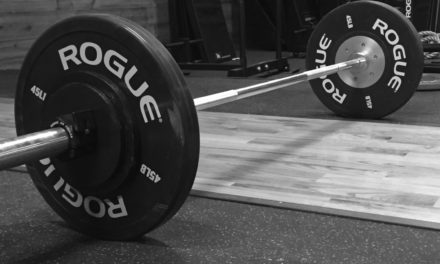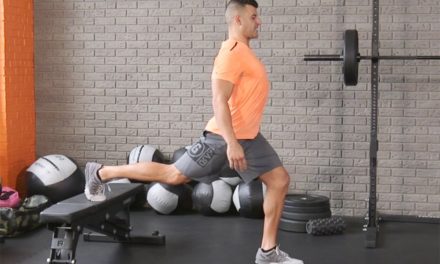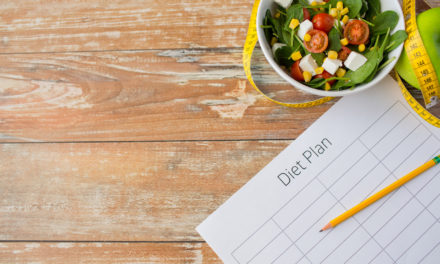If one of your primary fitness goals is to lose body fat or build lean muscle you have to have a sense of how many calories you are burning and how many calories you need to be consuming over the course of a day.
There is no way around this.
Baring a major underlying medical issue the factor that will have by far the largest impact on whether you gain or lose weight is your caloric expenditure compared to your caloric intake.
If you consume more calories than you expend, you gain weight.
If you expend more calories than you consume, you lose weight.
Now the type of weight you gain or lose (body fat or muscle) will be determined by the types of foods you eat and the quantity and type of exercise you do, but that is a discussion for another time and place.
Here we want to keep the focus on caloric intake versus caloric expenditure and how to calculate it.
In The Past…
Over the years my team and I have used a number of methods to determine how many calories our clients should be consuming to achieve their goals.
We started by using the old school Harris Benedict equation and doing our calculations by hand. (Bonus points to those of you who know what the Harris Benedict equation is.)
We then moved on to the first generation of electronic caloric needs calculators. (These were okay, but crude.)
And over the years we have continued to search out the newest and best modeling programs to help us estimate our clients’ caloric needs as accurately as possible.
What Makes A Model Effective?
At first glance it may appear that estimating your caloric needs is a relatively straightforward endeavor.
But in fact it is quite difficult to do, as there are a number of variables that will impact your caloric needs.
Including…
- Your natural body type.
- Your current body type.
- How much muscle you possess.
- How much body fat you possess.
- Your ratio of lean mass to body fat.
- How often you exercise.
- What type of exercise you do.
- How intensely you exercise.
- How active you are at work.
- How often you fidget (Yes we are serious. Every movement burns calories and individuals who are prone to fidgeting will in fact burn more calories over the course of a day than those who don’t)
- Your genetically predisposed metabolic rate.
What makes an equation or algorithm effective is how accurately it is able to estimate these variables and estimate their impact on your daily caloric needs.
As we said, in the past early methods were crude, leaving much to be desired.
But science’s understanding of the human body has grown and technology’s ability to process and project information has increased dramatically.
Now we have access to far better projection systems than ever before.
Which brings us to our main topic today…
The Best Caloric Needs Calculator We Have Found
On December 5th 2017 our team received an email introducing us to Precision Nutrition’s new caloric needs calculator. (They called it their weight loss calculator, but as it can also tell you how many calories you need to gain lean muscle, it actually does more than they were giving themselves credit for.)
Our team all agreed, this was the best caloric needs calculator we had seen.
Precision Nutrition’s calculator incorporates multiple key variables and has an excellent and self explanatory activity multiplier (a key feature for any caloric needs calculator.)
Its presentation is excellent and it incorporates many excellent visuals that really help you process the information it provides.
And most importantly it is user friendly. (It does have an advanced settings option for those who want to go extra deep into their analysis, but this is not the default setting nor the setting we analyzed.)
We have seen other calculators in the past that were extremely precise… if you were willing to spend hours gathering and inputting data. (Last time we checked you were a busy hard working adult with a life right? Okay, cool, just wanted to double check on that.)
What sets this calculator apart is that is provides excellent information and is easy to use.
To Achieve Your Goals You Have To Have A Sense of Your Caloric Needs
As we said, if losing body fat or building lean muscle are your priorities, you simply have to have a sense of how many calories you are expending throughout the course of your day and thus how many calories you need to be consuming.
It’s thermodynamics 101.
So invest some time, (a few minutes may be all you need) jump into this bad boy, and get the critical information you need.
Your exercise and dietary coaching team.
Zach Moore Training.
And everyone, if you found today’s article insightful, inspiring or enlightening SUBSCRIBE and if you have a friend, family member, colleague or peer who you think would benefit from what we’ve talked about here today, pass this email on.
One of the best things you can do for those you care about is helping them to build a healthy and great looking body. A body that is strong, capable and moves without pain and a body in which they feel confident and happy.





